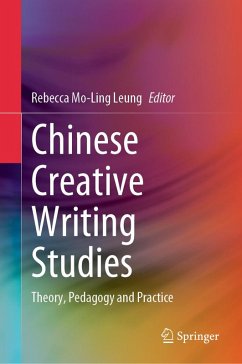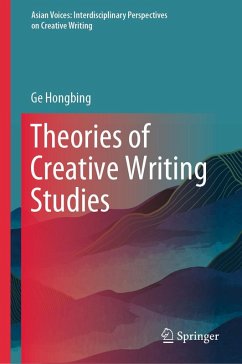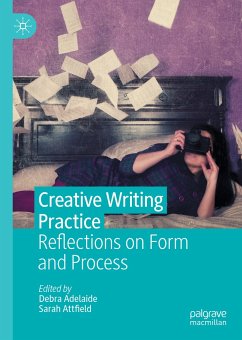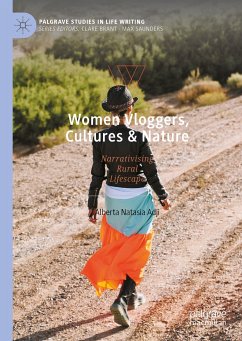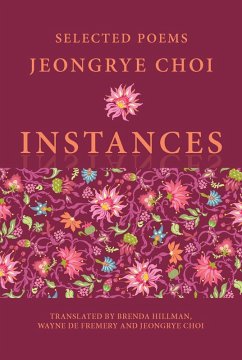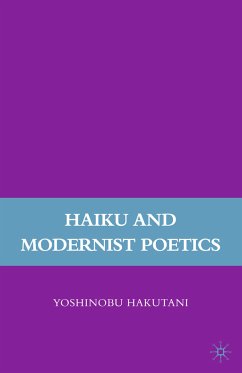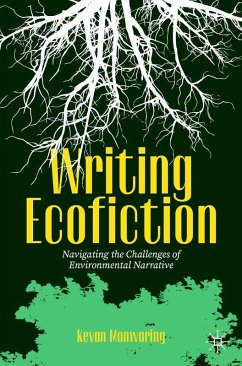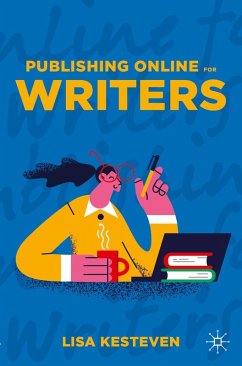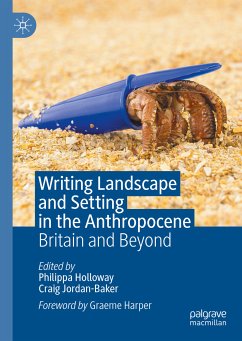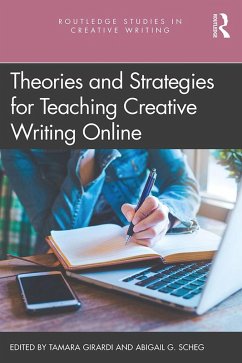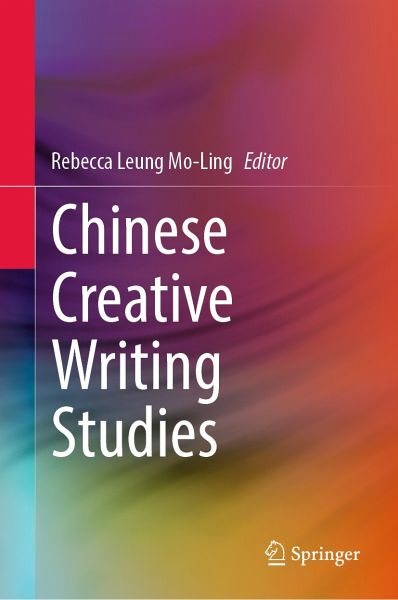
Chinese Creative Writing Studies (eBook, PDF)
Versandkostenfrei!
Sofort per Download lieferbar
96,95 €
inkl. MwSt.
Weitere Ausgaben:

PAYBACK Punkte
48 °P sammeln!
This book introduces Chinese creative writing to the English-speaking world, considering various aspects of literary and creative theories in research in Chinese writing. It covers recent trends such as cross-media practices, pedagogy in creative writing in China, Taiwan and Hong Kong, specifically, and looks at how Chinese classical culture brings new interpretations to creative writing within a global context. Consisting of 14 chapters by established scholars and experts, writers, and poets working in various genres within the Chinese writing tradition, the volume presents data accrued from ...
This book introduces Chinese creative writing to the English-speaking world, considering various aspects of literary and creative theories in research in Chinese writing. It covers recent trends such as cross-media practices, pedagogy in creative writing in China, Taiwan and Hong Kong, specifically, and looks at how Chinese classical culture brings new interpretations to creative writing within a global context. Consisting of 14 chapters by established scholars and experts, writers, and poets working in various genres within the Chinese writing tradition, the volume presents data accrued from personal reflections, classroom teaching, video games, museum studies, radio dramas, TV series, and cyber-literature. The book includes leading Chinese leading scholars' reflections on research and the field, providing an omnibus perspective on theories of creative writing. It focuses on the interconnection between Chinese creative writing and pedagogy, and examines different writer-training methods in mainland China, Hong Kong and Taiwan, offering a comparative perspective that deepens the understanding of institutional effects on the development of creative writing. It unpacks the interaction between Chinese creative writing and multimedia, and ascertains the possibilities of incorporating media studies into writing practices. It also presents new interpretations of Chinese classical culture assets to new creative or literary manuscripts, such as TV series adaptation and Internet literature. Relevant to researchers, teachers and students working Chinese creative writing and Chinese literature, it is also a landmark text in exposing English-speaking creative writing scholars to the wealth of Chinese creative writing, in English.
Dieser Download kann aus rechtlichen Gründen nur mit Rechnungsadresse in A, B, BG, CY, CZ, D, DK, EW, E, FIN, F, GR, HR, H, IRL, I, LT, L, LR, M, NL, PL, P, R, S, SLO, SK ausgeliefert werden.



